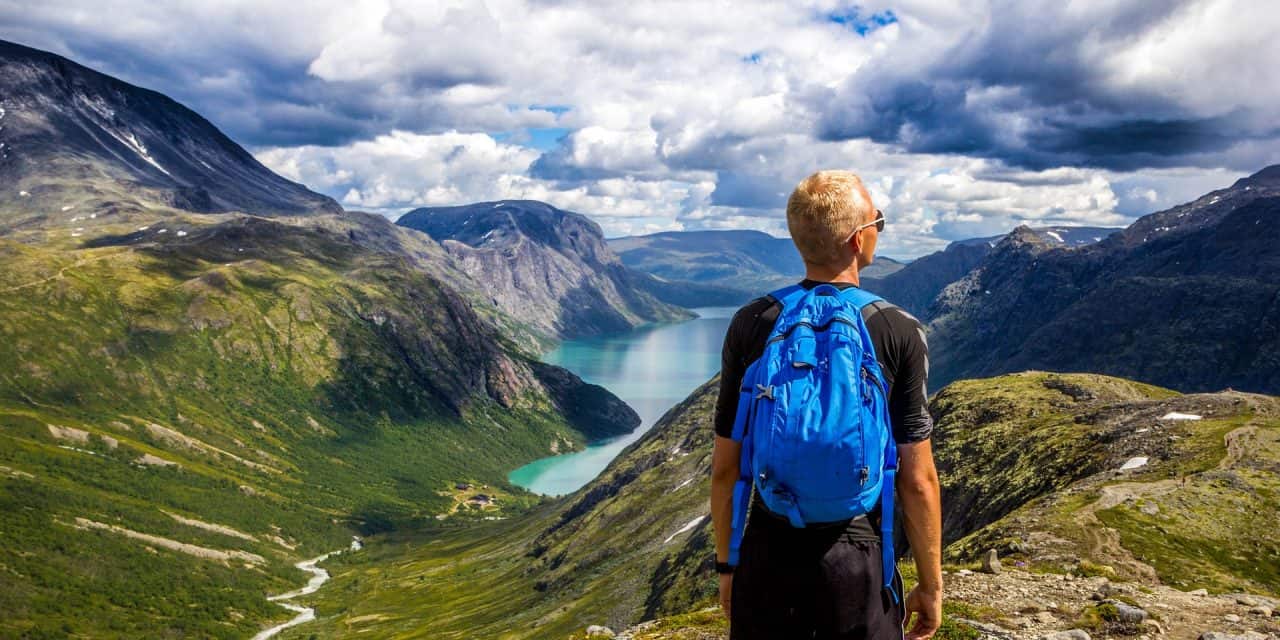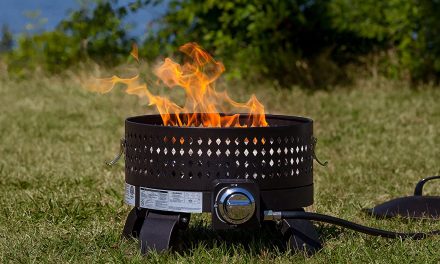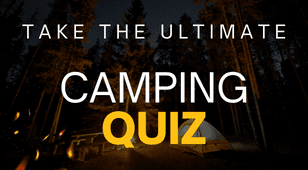Packing for an outdoor trip can be a daunting task, but I’ve contemplated and organized this amazing backpacking checklist for everyone’s ease and comfort. I have curated a list of essentials and even some optional items. Aside from items to pack (or leave at home) this guide also contains some helpful tips for newbies with little experience on packing for the outdoors, specifically for a backpacking trip.
What is backpacking?
If you have been planning on taking a hike and eventually camp to detox in the outdoors for a long time, backpacking is a great activity to consider. While most people think that backpacking is an activity exclusive to the offbeat tracks of hidden campsites and natural flora, some people go to tropical islands, laidback coastal towns, or wherever their path may take them. It originates from your luggage of choice – a backpack. Wherever your destination may be, as long as you have your trusted backpack with you, it’s a backpacking trip!
In this particular article, we talk more about backpacking in the outdoors where a rugged outdoorsman may be tested by the challenges of nature. Before we get down to the backpacking checklist of the essential things one should pack for a three-day trip, let’s discuss a few curious questions.
How should I plan for my first backpacking trip?
Planning for a trip should not be a pain. Sticking with the essentials first and creating a mind map out of them is a good way to plan out an effective trip. To start, below are the basic factors one would have to decide and plan on before elaborating on an itinerary. This section of our backpacking checklist is essential as it discusses the nature of your trip.
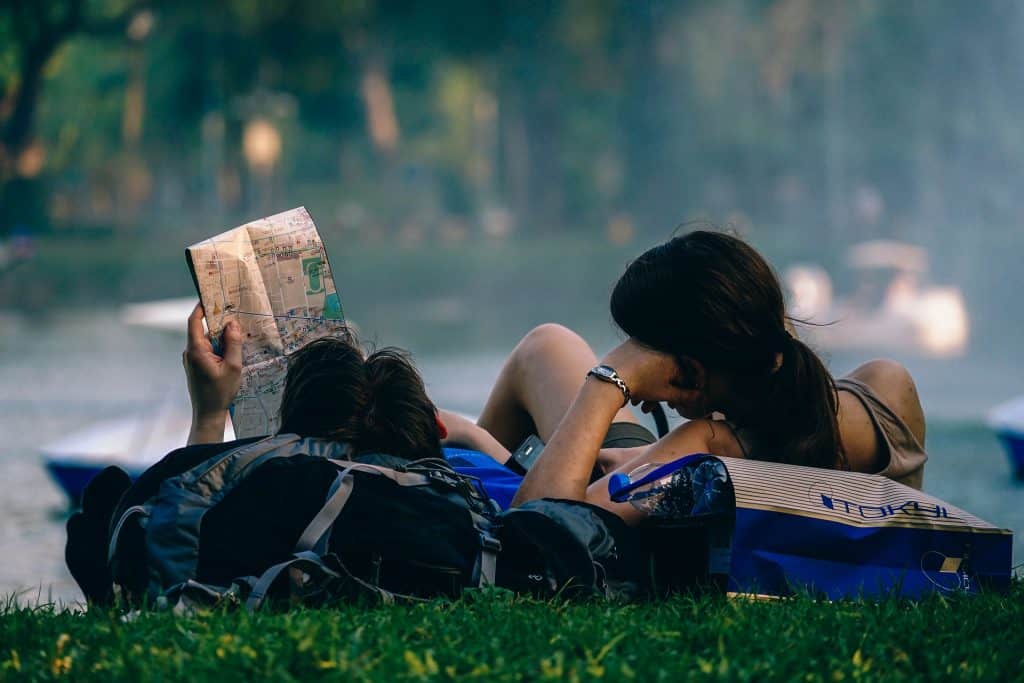
Destination
As a beginner, you need to choose a destination where you are most comfortable in. You don’t need to put yourself in harm’s way just to try to get on top of a mountain that you can’t climb. We recommend choosing somewhere near home.
Food, Water, Clothing, and Shelter
Water is non-negotiable. Keep a bottle with you at all times. Everyone’s backpacking checklist should always have this at the top. Trail snacks are nice to have, but not necessary. Make sure you have something planned to eat, whether it’s a ready-to-eat meal or live fish and the like. Keep your clothing appropriate to the weather, and pack only what is essential. We discuss what and how much clothing to pack on a topic below. As for shelter, have you booked a room, or brought a tent? Sleeping under the stars is nice, but it is better to be prepared for unforeseen weather conditions.
Yourself
The most important thing any person should put above all else is their wellness. It is crucial, especially if going on a solo trip, to regularly inform friends and family of your whereabouts, the details of your trip, and contact information in case they cannot get a hold of you. Likewise, keep on you at all times emergency numbers and medical information. While we don’t want any untoward incident to happen, accidents can occur anytime. Your backpacking checklist shouldn’t just include items to bring, but also some important preparations to make your trip successful
What Should I Pack for a 3-Day Backpacking Trip?
This backpacking checklist helps keep things in order and on track. As you plan to go on a trip, you could get lost in all of the chaos, and it helps that a checklist is in place to keep you grounded.
Are you ready to get packing?
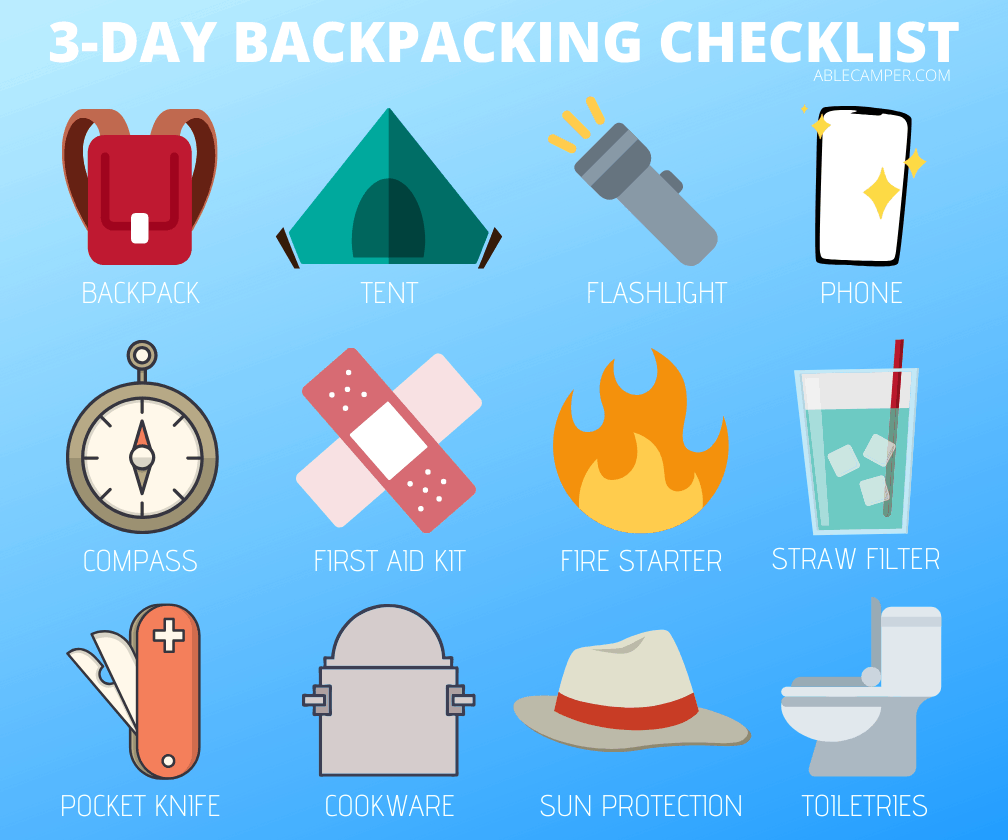
A Durable Backpack
Backpacking defeats its purpose if you don’t have a backpack. We suggest being equipped with one that has weatherproof material and can withstand harsh conditions. It is recommended that you only pack your bag and fill it up only to weigh 20 percent of your body weight. It will make traveling easier, lighter, and faster.
Comfortable Sleeping Gear
You can choose from a range of options here, such as tent cots, general tents, pop-up tents, and a sleeping bag. Generally, with backpacking, you’d want to look for something that’s lightweight and easy to set up. Hammocks and pop-up tents are ideal for that reason.
Flashlight
You’ll need this as a way to get around at night. A dynamo-rechargeable flashlight is ideal in avoiding the need to bring extra batteries as they are recharged by solar and hand cranking. If you’ll be using traditional flashlights, it is always a safe decision to bring spare batteries. If you don’t feel like carrying a light source, consider a headlamp!
Communication Device
This is a must-have. Accidents, while we always hope do not happen, can sometimes be inevitable. Any person, backpacking or not, should always be prepared with an emergency contact on speed dial. A satellite phone is recommended, especially if planning a trip to a remote site.
Compass
Bringing a compass can be very useful over a map. Some people are not naturally keen on what their environment looks like, and it will be a good thing for them to know how to work a compass. Before entering the forest or going hiking, take note of the direction you are coming from so if you get lost, you can follow the same path back.
First Aid Kit
Like water, a first aid kit is non-negotiable. Injuries are more common outdoors than in any other place. The most essential things to pack in a kit would be bandaids, gauze, pain relievers, antiseptic cream, sterile wipes, scissors, and tweezers. Aloe gel, eye drops, and super glue are also nice to have.
Weather-proof Fire Starter
You can bring a lighter or some matches with you, but the best way you can make sure that you will have heat is to be equipped with a weather-proof fire starter. Swiss Safe has created a 5-in-1 Fire Starter that can start a fire in any weather condition with its Magnesium rod. It also comes with a built-in compass, a whistle, steel scraper, and a paracord which makes it a literal hot item among avid outdoorsmen everywhere.
Straw Filter
You have probably heard of this product before. It is a favorite among backpackers as it relieves you from the stress of looking for a clean water source in the middle of nowhere. The Lifestraw Go water bottle, for example, has a filter straw which is effective in removing bacteria and ensuring clean drinking water.
Pocket Knife
When comparing a pocket knife to a traditional knife, pocket knives are easier to pack and feature more function in a small package. The most common uses for a camping knife involve food preparation, general maintenance and repairs, and hunting purposes
Cookware Mess Kit
If you aren’t familiar with the term, a ‘mess kit’ has everything you need for a camper to cook and eat a warm meal. G4Free has a kit complete with a mini stove and even a dishwashing set! It is easy to bring with a drawstring bag.
Toiletries
Being outdoors is not an excuse to skip or skimp on good and proper hygiene. Have a toiletry bag ready with the essentials like anti-bacterial soap, toilet paper, wet tissue, a toothcare kit, and disinfecting alcohol. Sun protection (such as a hat and sunscreen) and aloe gel are also nice-to-have, especially when backpacking on an island or a location with a warmer climate.
What type of clothes should I bring when backpacking?
Forget about fashion for a bit when camping, as comfort and wellness is our priority. Aside from your basic undershirt and depending on the climate and weather, here are a few suggestions on what one should pack when backpacking:
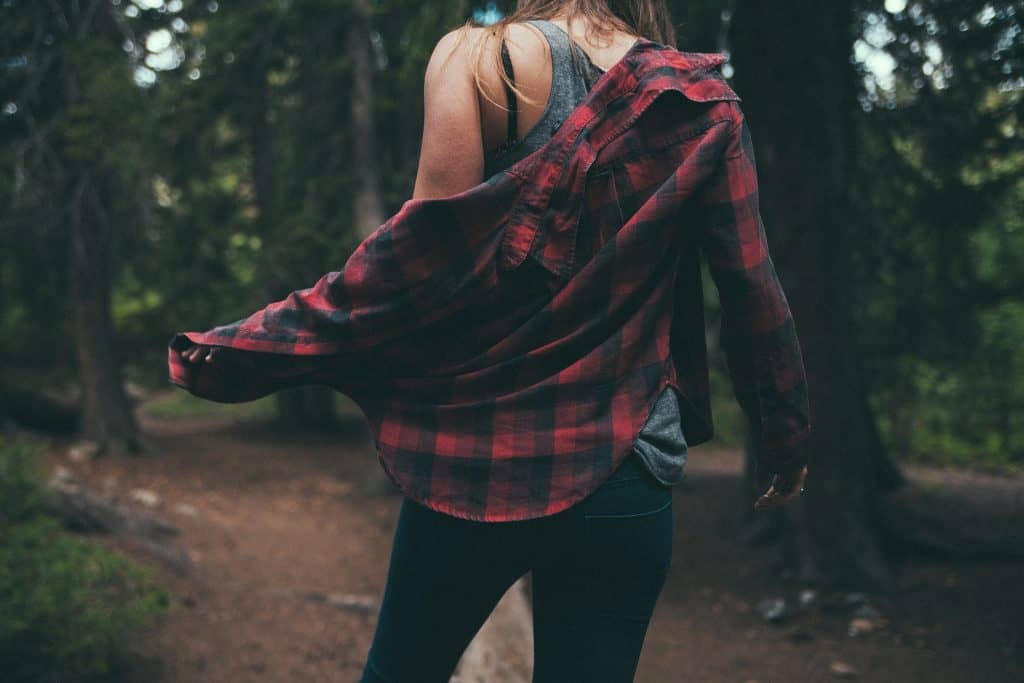
Jacket
Especially when in a cooler climate or high altitude, a down jacket will keep you warm. Similarly, a polyester jacket works great as a shield for drizzles and a cooler feel in the warmer temperature.
Rain Coat
Even if you check the weather forecast ahead of time, rain can come as a surprise! It is always safe to bring a raincoat large enough to cover you and your valuables. If you know it’s going to be windy, consider a windbreaker.
Quick-dry underwear
Some people would recommend disposable underwear, but we don’t want to encourage a disposable lifestyle! Choosing quick-dry underwear will lessen your waste contribution and carbon footprint. Just wash the pair you wore for the day before heading to bed, hang it to dry overnight, and you’re good to go!
Hiking pants
This will shield you from scratches you might get from plants, and bug bites. Water-resistant pants are a great option.
Socks
Do not use cotton socks when camping! Cotton socks absorb sweat and water which can lead to blisters and infections. When choosing a pair of socks, make sure to check if the length is appropriate, as well as the cushioning and the material.
Shoes
Invest in shoes that will give you both comfort and durability. A good pair does not come cheap but will surely last you a long time.
What Not to Pack when Backpacking
Everyone at some point has been guilty of going on a trip and bringing things they never even needed. When backpacking, think about bringing only necessary gear and items to keep your pack compact. Bringing bulky items will not only be a packing challenge but to lug too much bulk around will be a contributing factor to a dissatisfying trip.
Some essentials may change depending on your destination, and there are some items that you won’t need or that are too much. Don’t bring multiple items with the same functionality. Here are some of those items:
Too much extra clothes
Yes, proper clothing is important, but planning what to wear on those 3-days is included in your backpacking checklist. This doesn’t just add unnecessary weight, but also adds volume to your already full backpack. Only bring enough for three days. A set of clothes for each day and two more for extra is enough.
Items with the same function
As mentioned, multiple items with the same function are a no-go. This also applies when you’ll be backpacking as a group. It’s ideal to talk about who’s going to be bringing specific gear such as a stove or a water filter. It’s good to be prepared, but it’s a better idea to optimize packing by collaborating.
There are tons of advice on what to or what not to bring when backpacking, but the overall gist is to assess the journey to your destination and the possible scenarios you may encounter. By doing this step you can foresee what you may or may not need aside from your non-negotiables. Remember, never leave for a trip without informing friends and family. Don’t forget your water, a first aid kit, and an ID to keep on you at all times.
- Tent Fabrics, the Ultimate Breakdown - November 19, 2022
- Don’t Go Camping Alone Before Reading This - November 18, 2022
- The 5 Best Camping Radios For 2021 - June 2, 2020

